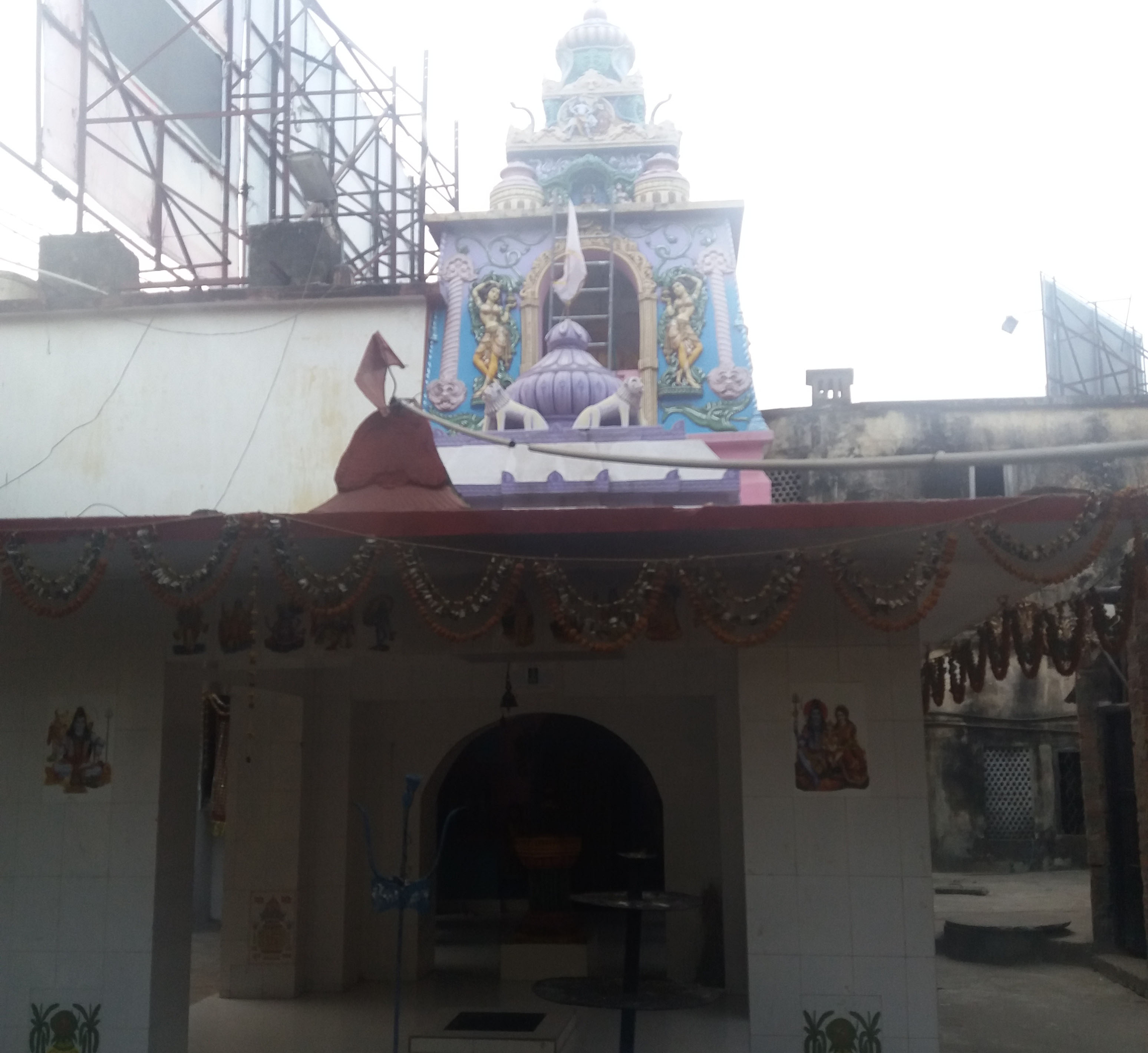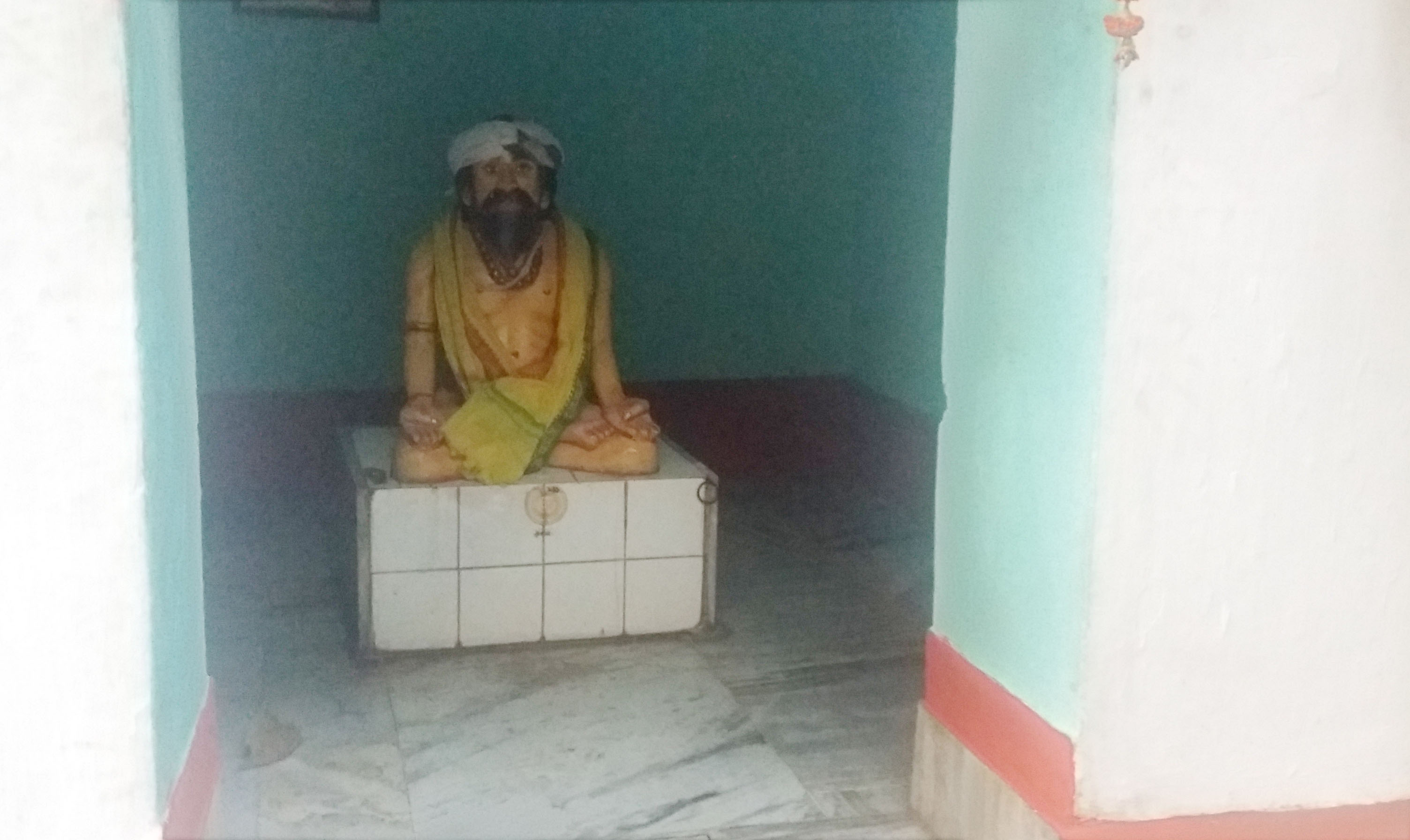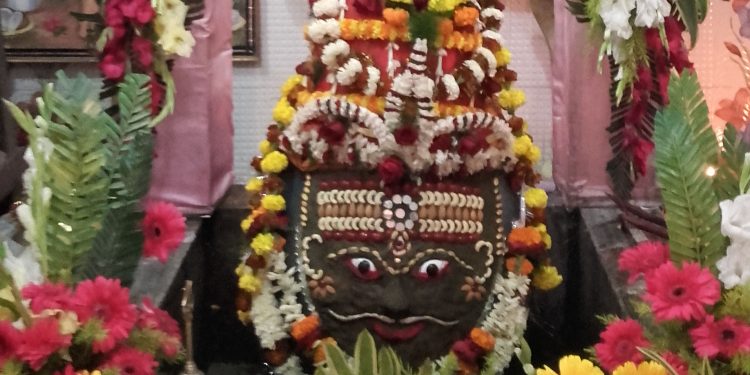Nobody knows if the Cuttackeswar temple located in the Millennium City, Cuttack, was named after the city or vice versa. But it is among the most significant heritage structures in the city. Situated close to the traffic outpost at Satichaunra Chhak Ring Road, the temple is usually visited by devotees from the city. One has to climb down 20 steps from the Ring Road to reach the Shiva temple. Like in other Shiva temples, the Shivalinga is worshipped here.

The temple structure dates back to the 17th century. Shankar Behara, a regular at the temple, says a mendicant from Bihar named Lacchman Bharati aka Lacchman Baba stopped by at the temple on his way to Puri and when people asked him the reason for his stay at the place, he replied, “Cuttackeswar is here. I will worship the Lord until my last breath.” The locals, who thought he was mentally deranged, asked him to leave the place. But the Baba continued to stay there and befriended the monkeys in the locality and spent the nights with them on the trees. One night, he is reported to have dreamt that Lord Cuttackeswar identified a spot on the river bank where a ‘Linga’ was buried. With the help of the local people, he unearthed the Shivalinga, built the temple and started residing in the temple along with his disciples.”
“As per the Baba’s last wish, he was taken to a place adjacent to the temple where he died, and a samadhi has been built there,” adds Shankar.
According to priest Prasanna Panda, “The temple was an important stopover for pilgrims coming from North India, as they had to cross the river Mahanadi at the ‘ghat’. Legend has it that Sri Chaitanya visited the shrine on his way back from Puri. Sri Chaitanya’s footsteps have been engraved on a stone at the temple. The shrine is associated with the Chaitanya Mutt at Mohamadia Bazar and the Gadgadia Temple in Cuttack. Every year, the day after ‘Durga Puja Bhasani,’ the disciples of the said mutt came to the place in commemoration of Sri Chaitanya’s visit to the place.”
“I have been worshipping the Lord for 27 years. I have met Sananda Behera, who was the last disciple of Baba Lacchman Bharati. He was 92 when I came here in 1990. After the death of the Baba, the temple went into a neglected state. Its structure crumbled. The land was taken over when a road on the embankment was laid. The temple is currently being managed by the Alisha Bazar Puja Committee,” he added.
The temple compound is being encroached upon by people in the neighbourhood. It has become a bare structure, which is called ‘Pidha Deula’ in local parlance. As you enter the complex, you see a huge Shivalinga on the left. The navagraha idols are on a black chlorite slab affixed to the temple wall. The samadhi of Lacchman Baba is on the farthest corner of the complex on which his bust has been installed. There is a room for the priest on the compound. The temple gets flooded during the monsoons, and for most of the year, the Shivalinga is under water.

Batakrushna Behera, former secretary of the Puja Committee, said, “Nowadays a few residents of nearby localities visit the temple. But during ‘Mahashivaratri,’ many devotees throng the temple. At this time of the year (Shravana), Kawadias carry water from the nearest ‘ghat’ to various Shiva temples as a ritual. The daily earnings are less than the expenses for the temple. A few shopkeepers at the complex pay rent to the temple authority, which helps in the temple’s upkeep. Although many government officials visit the temple regularly, there is no regular monetary support to maintain the historical structure.”
Local residents have sought the intervention of the Endowments Department to ensure proper care for the ancient shrine.
SOYONG, OP






































